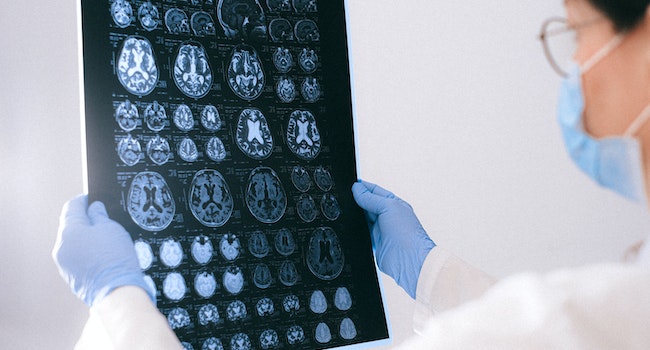
Preliminary results show that electrical stimulation to the cervical spinal cord provided stroke patients with improved movement, strength, and function in their hands and arms.
A stroke is a medical condition that occurs when there is a disruption of blood flow to the brain. This can occur due to a blockage in the blood vessels that supply the brain or due to bleeding in the brain. When blood flow to the brain is interrupted, brain cells can become damaged or die within minutes, which can lead to permanent brain damage, disability, or death. Symptoms of a stroke may include sudden weakness or numbness on one side of the body, difficulty speaking or understanding speech, sudden vision changes, severe headache, and loss of balance or coordination.
Prompt medical treatment is crucial in the case of a stroke, as early treatment can help minimize brain damage and improve outcomes. Hemiparesis is a medical condition characterized by weakness or partial paralysis on one side of the body that occurs after a stroke. Depending on the location and extent of the brain damage, hemiparesis can affect various parts of the body, including the face, arm, and leg on one side.
Hemiparesis can have a significant impact on a person's daily life and ability to perform activities of daily living. Treatment typically involves rehabilitation and physical therapy to help improve strength, mobility, and function on the affected side of the body. This may include exercises to improve muscle strength and range of motion, as well as adaptive techniques and equipment to help with activities of daily living. In some cases, medications and other therapies may also be used to manage symptoms and support recovery.
